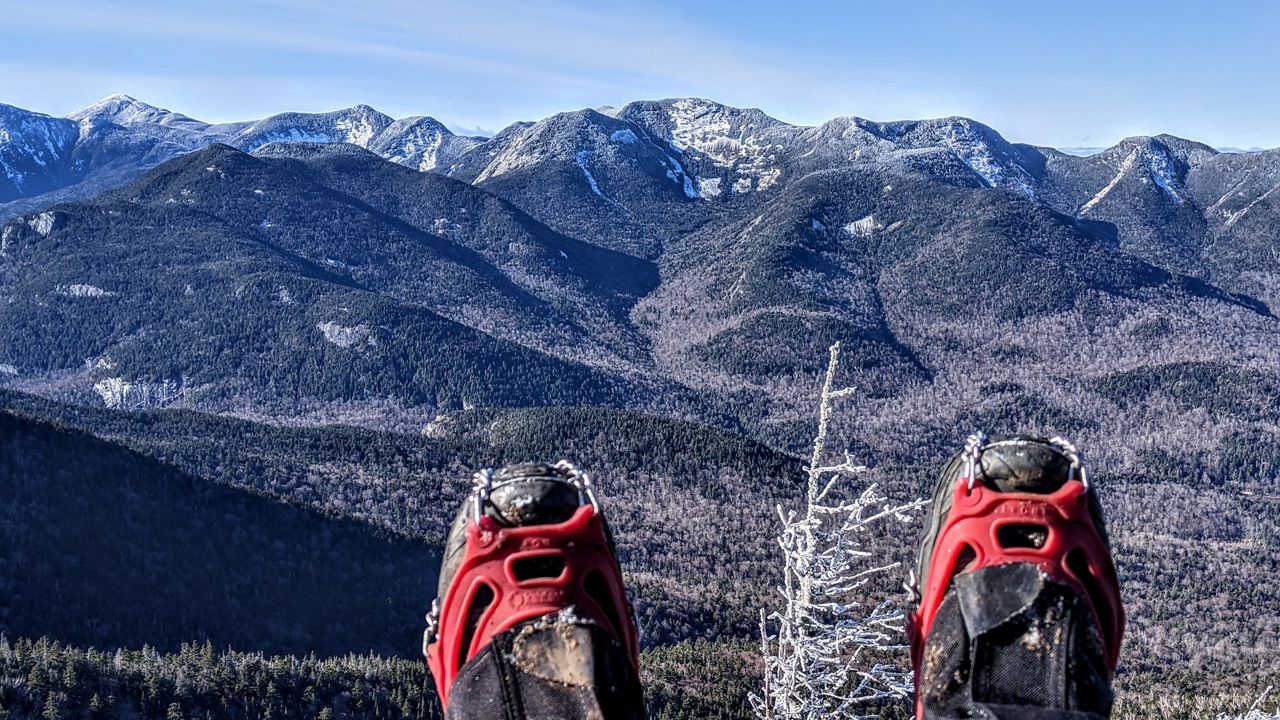While winter weather has been sparse for most, winter hiking conditions in the mountains are likely here to stay for the next several months.
The COVID-19 pandemic limited a good deal of things we could do this year, especially if it involved large crowds in close proximity. This had people looking for new ways to fill their free time, many of which tried out hiking.
Coming off a summer that featured a record number of visitors to the Adirondacks and also a record number of search and rescues, we're heading into the winter hiking season.
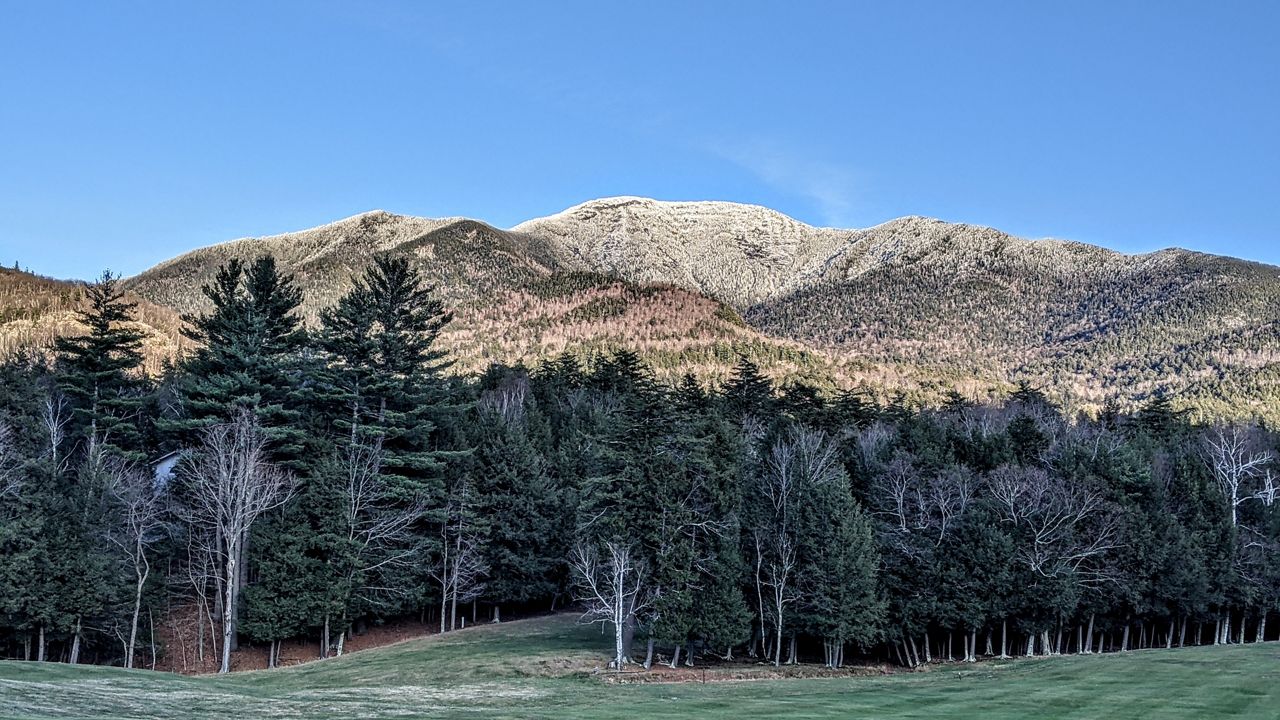
Winter hiking is a whole other animal, especially in the higher elevations. The picture above is a perfect example of conditions at the base of a mountain are not always what exists higher up.
Because of this, packing for a winter hike takes more consideration and planning.
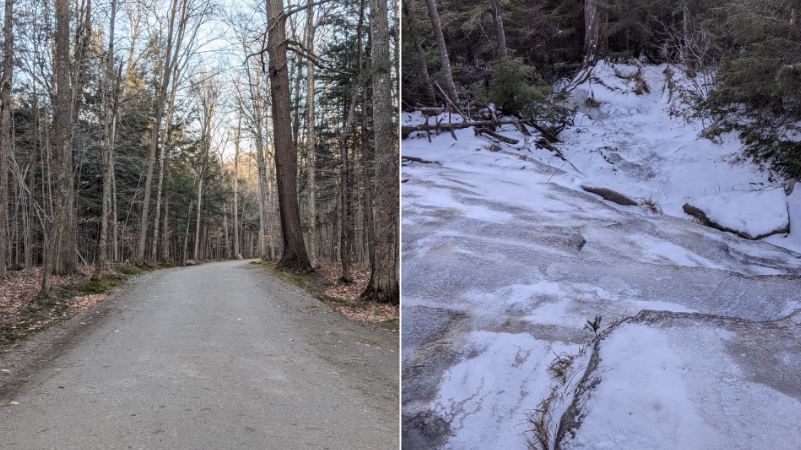
For a winter day hike along with the Ten Hiking Essentials, you'll need the following items:
- Waterproof hiking boots, wool socks, gaiters, waterproof/snow pants
- Insulated jacket, waterproof gloves/mittens, winter hat, neck gaiter, goggles
- Microspikes, snowshoes, crampons, ice axe, trekking poles with snow baskets
- Hand warmers, snow shovel, whistle
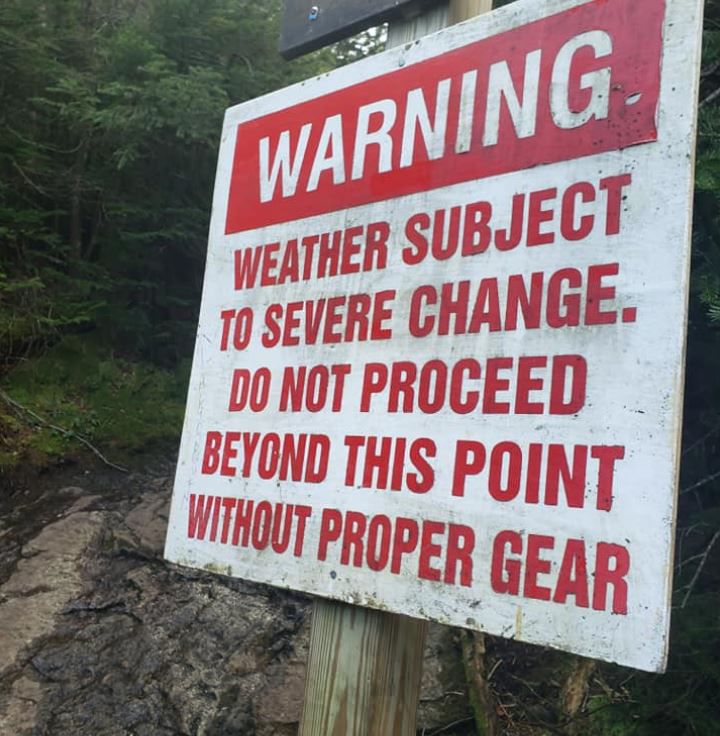
As you can imagine the weather is one of the most common factors when something goes wrong in the backcountry. Weather in the mountains is subject to severe change, whether that's wild temperature swings, intense wind, low clouds/fog abruptly moving in or precipitation.
The phrase "mountains create their own weather" definitely holds some truth.
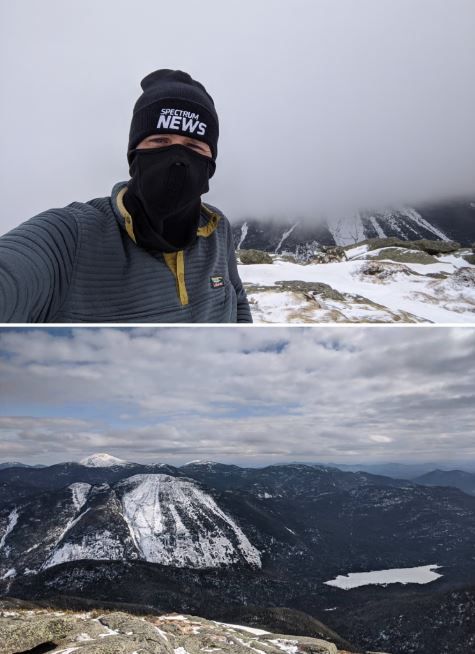
Before venturing out for a winter hike, brush up on the latest trail conditions to see how much snow and ice is already present.
As mentioned before, weather on the summit will be dramatically different than at the base of the mountain. This is especially true in terms of air temperature and wind speed.
While we don't talk much about mountain weather in our Weather on the 1's weathercasts, here is a great resource for mountain weather forecasts.



